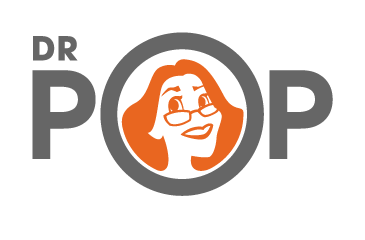This cartoon was created by Dr. Pop and the National Economic and Social Rights Initiative (NESRI), for their national organizing effort led by grassroots groups from the across the country to fight for a human right to housing in the United States. We also got great critical feedback and help from public housing members of the Los Angeles Community Action Network (LA CAN) and Union de Vecinos in Los Angeles and Community Voices Heard (CVH) and the Red Hook Initiative in New York City.
The story is available in three forms:
- The above Video which you can share by email, post to your website, or download. A Spanish Version is also available.
- An Interactive Slideshow version of the video, for use in workshop settings, as suggested below. [request]
- A Comic Book for door-to-door outreach or to hand out after a workshop [request]
Tips for Facilitators
Here are three simple ways that the Campaign to Restore National Housing Rights has used the story in workshop settings.
1. Role-Play
Ask volunteers from your meeting or workshop to take on a character’s role and read their speech bubble aloud to the rest of the audience. We found the results to be engaging and funny.
2. Practice: “What Would You Say?”
After watching the video or slideshow, break up into small groups or pairs to practice answering one or two questions that came up in the story, such as:
What would you say, if someone said this to you:
Housing is a business and the government should stay out of it. They should leave business to the business people.
or
Public housing over-concentrates poor people into neighborhoods, and that is not good for anybody.
or
Subsidized housing takes away people’s incentive to work hard. No one should get something for nothing.
The burden is often on public housing tenants and housing rights activists to re-educate legislators and the general public on the issues that we face. This often means that we must engage in conversations that are full of myths and prejudices. You can use A Clear View as a tool to practice our side of these conversations, share the results with each other, and build the confidence we need to confront hidden myths and prejudices.
3. Make Your Own Story!
Before we created A Clear View, we took some time to break down the story that we are being toldabout public housing. We found that that exercise gave us a window into the assumptions and vulnerabilities of that story, and helped us get better at building one that reflects our own reality. To do this, we used the Narrative Power Analysis tool which you can find in smartMeme‘s really helpful book: Re-imagining Change.
A Clear View of Public Housing is a story about public housing in the United States. It takes place on a sunny day when three women of different economic classes meet up at a city park along with their young children and then get into a conversation about public housing.
A Clear View of Public Housing was made to be used as a springboard to conversations and actions led by communities organizing in defense of human rights and, in particular, the human right to housing.
